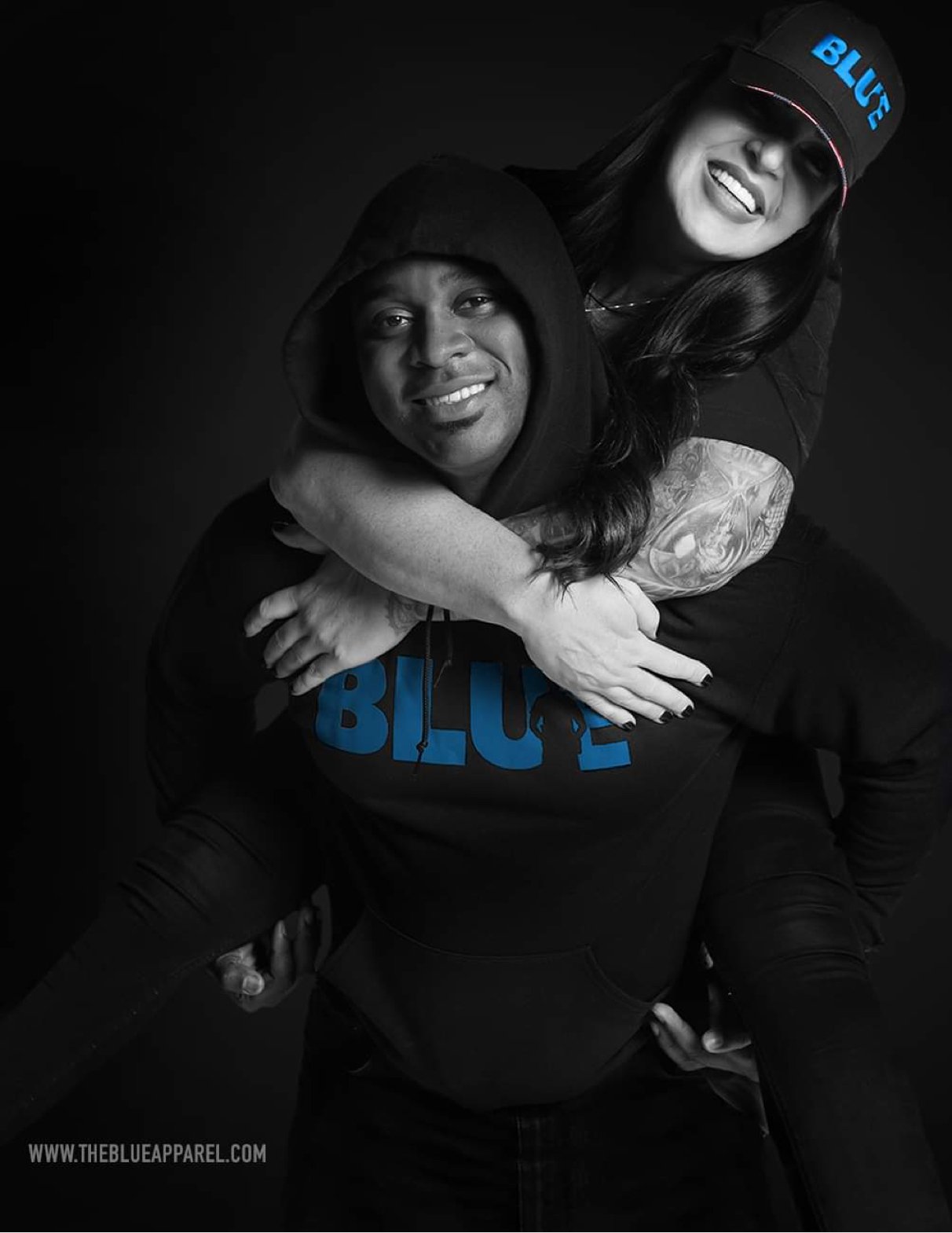Oakland California, a Failed City by Design
/Like just about every large urban city in America with a Democrat controlled political class, Oakland, California has disintegrated into chaos. It has become third world-like. Out of control crime, violence and disorder, homeless people defecating on sidewalks and public drug use have become part of the landscape. How did it get to this you ask?
Oakland is one of those cities that has normalized criminal behavior. In fact, one news account of their predicament called crime one of the fastest growing businesses in Oakland. The column erroneously pinpoints the pandemic as the start of the city’s decline. In fact, George Floyd started the death spiral not just in Oakland but in every other Democrat controlled city. That is when the rioting, looting of businesses and arson went on unabated. Police were told to stand down as the city burned and lawlessness reigned supreme. The response from the state of California was to enact no bail reforms and to lower the threshold for prosecuting shoplifting thereby normalizing this otherwise criminal behavior. Retail stores were blamed or not taking more protective measures to make theft more difficult. Restaurant areas saw their customers being robbed on the streets. Signs were prominently placed in restaurant and shop windows for customer to not leave valuables inside their cars. Office buildings saw their employees threatened to and from work. The city’s largest employer warned workers not to leave the building to have lunch. Having their cars broken into became commonplace. These quality-of-life issues caused people to abandon these retail areas. When that happens, businesses are left with no other option than to close up shop after incurring millions of dollars in losses.
The frustration of these businesses spilled over as they fled. One business owner said, “Despite taking repeated steps to create safer conditions, our customers and associates are regularly victimized by car break-ins, property damage, theft and armed robberies.” How much of this are people expected to put up with? Among the business who closed are, the popular In-N-Out burger citing the safety of workers and customers, Starbucks, and a Denny’s restaurant. One business owner according to the news story said it was not unusual to see 20 car break-ins a day. The owner said when the perps see a cop, they won’t come to the area but when the cops leave, the perps return. Even though crime is cited as the only reason for closing, Massachusetts Congresswoman Ayanna Pressley called the closing of a Boston area Walgreens a life-threatening act of racial and economic discrimination. One California sheriff called the businesses gut-less for not asking the California state legislature to reform the measures that lessen criminality of retail theft. Seriously? What has this gut-less sheriff done to petition the state legislature to change course? He’s blaming the victim. He has apparently forgotten that businesses pay the biggest portion of a city’s property taxes. Having them expect a reasonable amount of public safety to protect their business, employees and customers isn’t asking too much as far as I am concerned.
With all of this as the backdrop, one important aspect of the story has been left out. I did something that the writers of these business closings failed to do. I went back and did what they easily could have done about Oakland. In doing a search of cities that defunded the police I found this interesting piece. In 2021, the Oakland city council defunded the Oakland police department, striping $18 million from the budget. The story pointed out that even back then this defund move came as the city saw an alarming spike in street violence. Instead they voted to use the money taken from public safety and use it for affordable housing. Only 2 of the council members out of 9 spoke out against the defund move. The move included not filling 50 vacant police positions in an already understaffed agency which resulted in longer response to 9-1-1 calls and preventive patrols around businesses experiencing crime and disorder causing business to close and leave in 2024. Recruitment of new officers has been problematic. A number of cop hating activists applauded the move in 2021. A picture of the city council after the vote accompanied the news story with the smiling council members holding up their fists after the vote. The move included moving $4 million from police to a Mobile Assistance Community Responders of Oakland. The 2024 stories about the city of Oakland grappling with crime don’t indicate if this MACRO unit is being used in 2024 to patrol the business areas hit by crime and other quality of life issues.
Crime in 2023 in Oakland was up 21% from the year before, and 29% since 2019. Robberies and motor vehicle thefts in 2023 were up a whopping 38% and 45% respectively.
The most interesting aspect of the crime surge in 2024 Oakland are the entities who are asking for more police protection. The mayor says that, “the surge of crime and violence we are seeing in our streets is completely unacceptable”. Every time I hear some two-bit politician uttering those words, I want to vomit. Even the local chapter of the NAACP is begging for more officers on what they now admit is an understaffed police department. I am sure they weren’t saying that during the defund move by the Oakland city council.
So, this crime, violence and disorder epidemic in Oakland was caused by the elected political class there. They chose social justice nonsense over public safety. They are now reaping what they themselves have sown. I predicted this at the start of the war on police that began after the police justifiable use of force by a Ferguson, Missouri officer in 2014. Yes, a decade ago. These bad public policy decisions take time to set in and will take longer to reverse. Reversing it has to start with ending no bail catch and release policies and increasing prosecutions that lead to long prison sentences for unwanted behavior. Referring perpetrators with long criminal histories to the US Attorney’s office for prosecution will keep these creeps off the street for longer periods of time. Rebuilding police department staffing will take some time. These things will send a message to law abiding people and businesses that will instill confidence that things are going to change relative to more effective public safety. It has to once again become Oakland’s highest priority.
Sheriff David A. Clarke Jr. is former Sheriff of Milwaukee Co, Wisconsin, President of America’s Sheriff LLC, President of Rise Up Wisconsin INC, Board member of the Crime Research Center, author of the book Cop Under Fire: Beyond Hashtags of Race Crime and Politics for a Better America. To learn more visit www.americassheriff.com














































